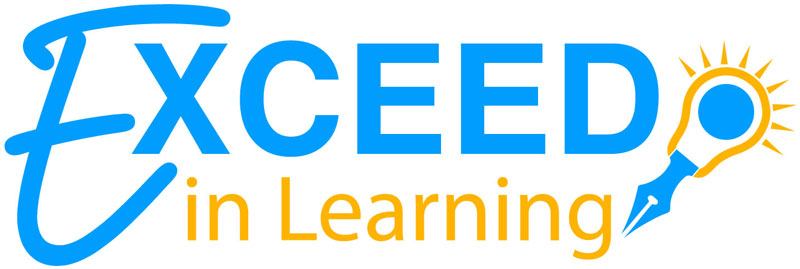You may have heard teachers say that children in grades K-2 are “learning to read”, while children in grade 3 and above are “reading to learn”. Although there is some debate as to whether this statement is accurate, when kids enter third grade, there is a definite shift in HOW they read and WHY they read. In the early grades, the focus is on phonological awareness. During this “learning to read” stage, children are taught that letters make sounds and how to blend those sounds together to produce words. They continue progressing through this stage until they can read fluently, at which point they’re ready to tackle increasingly difficult texts and begin reading for meaning, or “reading to learn”. In this blog, we will explore ways that you can help your child strengthen their reading comprehension, which is the ultimate goal of reading.
Encourage Variety
As our school’s librarian, it is my job to help students find books that are of interest to them and are at their reading level. Our library is VERY SMALL when compared to other districts, but we STILL have THOUSANDS of books and a variety of genres for students to choose from. Having said that, every so often I will have a student tell me, “I can’t find anything to read!” Or, “Do you have any more Dogman books?” When students get “used” to reading only one type of book, graphic novels, for example, it is really difficult to steer them in a different direction. In my situation, I have to do everything in my power to convince this student to read a different genre because I may not have another book in that category to offer them. So, during library time, I read a variety of different types of books to my students to pique their interest. Parents can be a HUGE help in this area. Share what you loved to read as a kid. Did you like The Boxcar Children? Encyclopedia Brown? Baby-sitters Club? Goosebumps? Harry Potter? Tell your child what your interests were and even bring back that nostalgic feeling by reading one of these books with your child and talk about it. Not only will you be exposing your child to different genres of books, but you are also helping the hard-working school librarian that may have very limited resources!
Hello, Mr. Webster!
When your child encounters a word while reading that they don’t know the meaning of, encourage them to use context clues, which are the words and sentences around the unknown word. If that doesn’t clarify the word’s meaning, dust off the old Merriam-Webster dictionary! If you don’t have a physical copy of this tried and true resource, then look up the unknown word in the online version. Let your child see YOU using the dictionary as well. It is important that our kids see that we are still learning, too.
Build Background Knowledge
The importance of building background knowledge cannot be overstated. If you have the means, take your child to places like museums and discovery centers, where they can learn about our world. If that is not possible, explore locations virtually. There are so many opportunities for kids to learn about different places and topics online. The public library is also a wealth of information about nearly EVERYTHING! As your child is learning about and exploring a variety of topics, engage them in conversations about what they are learning. Building your child’s background knowledge is crucial to listening and reading comprehension.
In closing, as kids get older, the skill of reading shifts from “learning to read” to “reading to learn”. Topics become more complex, and kids are required to use a variety of reading strategies to comprehend what they are reading. These new reading demands can be overwhelming and stressful to upper elementary kids. But parents can help out by providing kids different opportunities to read about, talk about and think about their learning.




